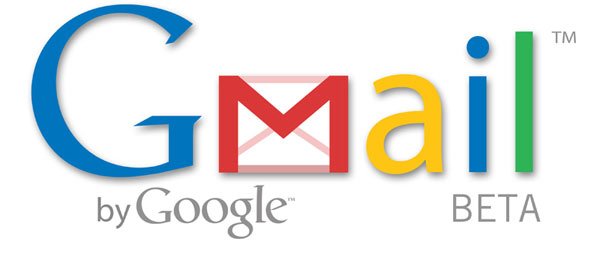The days of retail shopping during the holiday season have given way to the age of E-tail: Experts predict that more shopping will be done online than in physical stores sometime this decade, and online shopping revenue is expected to increase by nearly 17% this season, according to data from eMarketer. The danger hidden in this reality is that as our money increasingly flows through the Internet, thieves have moved online as well. So, as we gear up for the biggest shopping season of the year, it’s more important than ever to know how to safely shop online.
There are essentially two key elements to how to shop safely online. The first is being able to trust a retailer’s security.
You’re probably going to plug into Google the name of the toy you want to buy, but don’t just click on the top-listed site. Those can be compromised or malicious sites seeded through SEO poisoning techniques. To be safe, you should make sure you recognize and trust the name of the site before you visit it.
Once you’ve filled your virtual shopping cart, make sure the online checkout and payment page is secure. You’ll know it is if the web page’s URL begins with HTTPS instead of the usual HTTP; an icon of a lock will also typically appear beside the URL, and the address bar in some browsers, such as Chrome, will be green. If you don’t see this, do not proceed. Additionally, you should trust that no retailer will ever ask for your Social Security number (they will of course ask for credit card information, but in no way should they need your SSN).
Kaspersky Internet Security includes a clever feature called Safe Money that checks the security of the URL that you’re visiting and also has the ability to open any site in a protected container to prevent theft of sensitive data.
If the first key element of online shopping is being able to trust your retailer, the second is ensuring that your PC is secure. First, make sure all of your software is up to date – update your operating system and various software applications (attackers exploit loopholes in widely used programs to gain entry), and you should always have an updated, premium antivirus protection system for your system. This will prevent routine attacks as you’re surfing all over the web in search of that perfect gift.
You should also make sure you’re on a secure network – logging on to the public Wi-Fi at the local coffee shop makes it far easier for attackers to access your online activity. And this shouldn’t have to be said, but do your online shopping on your own computer – you shouldn’t trust the security of someone else’s system. Create complex passwords when required to do so and make sure you log out of a site when you’re done shopping there.
And while you may take as many precautions as possible, you probably won’t know something is amiss until you see your bank or credit card statement. So if you’re still getting paper statements, don’t wait until they hit your mailbox. Log online to see if all of the charges look legitimate – if not, contact your bank or credit card immediately to fix the situation.
Bottom line: Online shopping can be safe as well as easy if you follow these steps to secure your machine and vet the retailers you do business with.
 Chrome
Chrome


 Tips
Tips